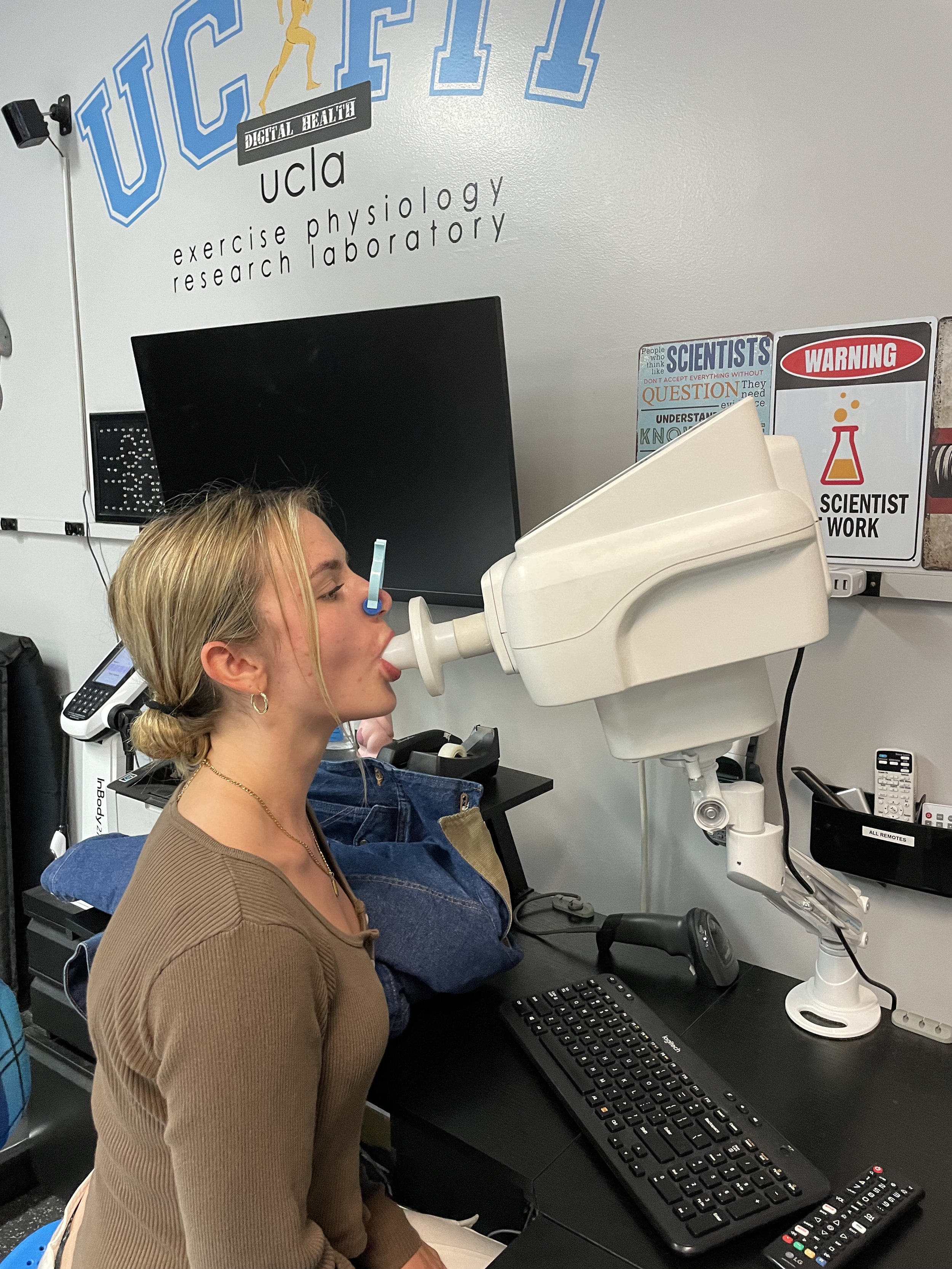Spirometry
Without bronchodilator
A spirometer is used to measure how much air a person’s lungs can hold (air volume) and the speed (air flow rate) of inhalation and exhalation during breathing. Values measured include FVC, FEV1, FEV1/FVC, FEF25%-75% and PEF.
With bronchodilator
Spirometry is done before and after a bronchodilator (medicine that helps open the bronchial tubes (airways) of the lungs) to show response to medication. Values measured include FVC, FEV1, FEV1/FVC, FEF25%-75% and PEF.
What is spirometry?
Spirometry is a lung function test that measures the maximum inhaled and exhaled air by a patient. The test must be conducted three times using a reliable method to determine forced vital capacity (FVC), and it can be repeated up to eight times until reproducible criteria are met. Interpretation of spirometry results should be clear and informative, and quality control measures are essential.
This guideline employs a fixed normal predictive value rather than the lower limit of normal as a reference because it is more convenient and uses FVC instead of vital capacity (VC) due to technical limitations. The bronchodilator test assesses changes in lung capacity after inhaling a short-acting β-agonist, aiding in the diagnosis and evaluation of conditions like asthma and chronic obstructive pulmonary disease. A positive response is typically defined as an increase of ≥12% and ≥200 mL in forced expiratory volume at 1 second or FVC compared to baseline values after bronchodilator use.
